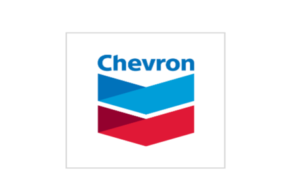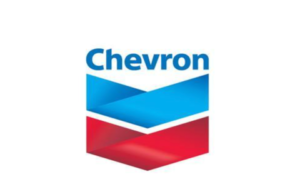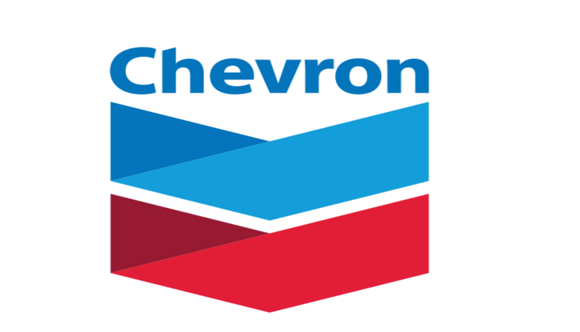Chevron has raised its 2022 production forecast in the Permian Basin to between 700,000 and 750,000 barrels of oil-equivalent per day, a more than 15% year-over-year increase. The basin is a vast oil and gas region spanning parts of west Texas and southeastern New Mexico.
Maintaining an inventory of drilled but uncompleted wells is part of our normal operating model. This enables a balanced approach to production where teams are in sync across the value chain, resulting in safer, more reliable, more responsible operations.
Oil & Gas Permits
Chevron Wells Drilled
Chevron Air Permits
For the recent production boost, we have been able to put more of those wells on production while maintaining our 2022 capital expenditure guidance.
“Chevron is doing its part to grow domestic supply with U.S. oil and gas production,” said Mike Wirth, Chevron’s chief executive.
Economic and geopolitical events underscore the importance of meeting society’s expectations for energy security. Our production boost also reflects our commitment to providing energy in a cost-efficient and lower carbon way.
As we help advance U.S. strategic objectives, we expect to reach 1 million barrels of oil equivalent per day in the region by 2025.
Our disciplined approach to bolstering production is propelled by our focus on lowering the carbon intensity of our operations.
In the U.S., our onshore methane intensity is 85% lower than the industry average, and our Permian carbon intensity is about two-thirds lower than the global industry average.
Our work in the Permian Basin reflects the pragmatic approach that we take globally to deliver affordable, reliable, and ever-cleaner energy while investing in solutions that will help advance a lower carbon energy future.
Throughout Chevron’s global upstream operations, we’re producing energy at a carbon intensity well below the global industry average and are in the top quartile of all oil and gas producers.
Chevron Energy News

Chevron’s Next Decade: Cash, Discipline, and the New Power Behind AI

Chevron’s AI Power Pivot: Natural Gas Fuels a New Digital Boom in West Texas

Chevron’s Q3 Outlook and 2025 Drilling Program: Balancing Near-Term Losses with Long-Term Growth

Balancing the Energy Trilemma: Chevron’s Approach to Affordability, Reliability, and Sustainability

Chevron CEO Michael Wirth on Balancing Energy, Growth, and Transition

The Top 5 Things Chevron Will Focus On for the Remainder of 2025

Chevron Expands U.S. LNG Commitments with New 20-Year Deal at Lake Charles

Chevron Bets Big on Lithium in the Smackover Formation

From Speed to Intelligence: How Chevron Is Redefining Shale Completions



